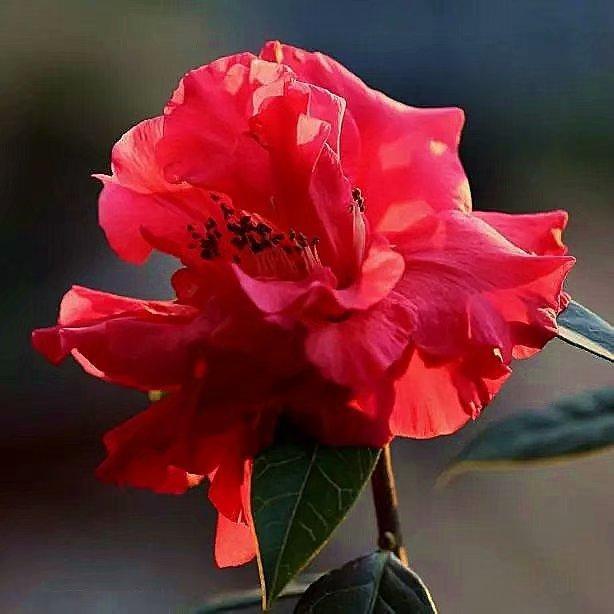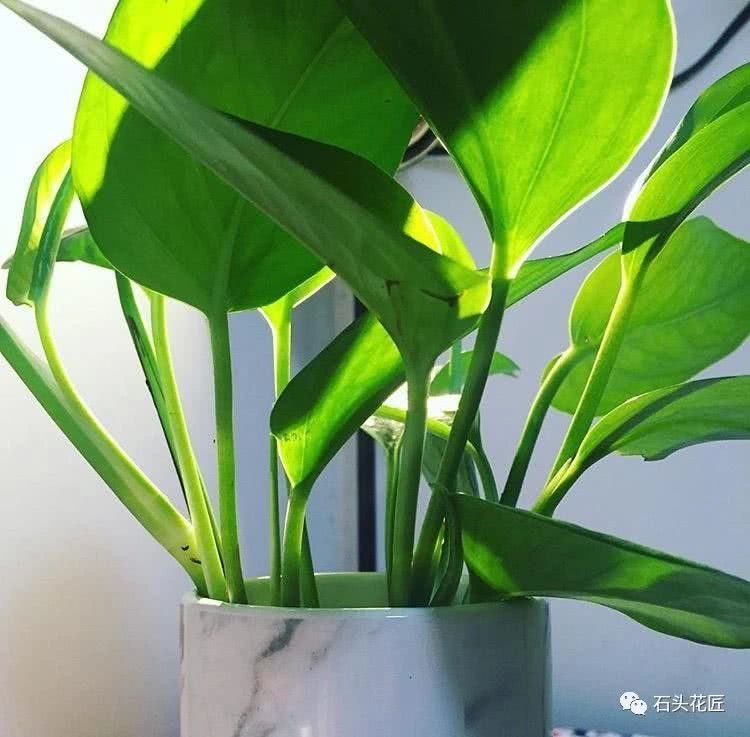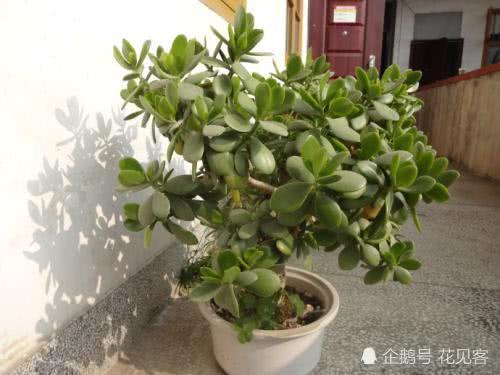Winter Flowers and Summer cultivation: brief Management of Camellia in Summer

Camellia, also known as camellia. In the south, it is mainly cultivated on the ground, while in the north, it is mostly cultivated in pots. The flowering period of camellias is in late winter and early spring, so this altar is called winter flowers. Summer is the peak growth season of camellias. Whether the management measures are proper or not directly affects the quality of blooming. According to the time of planting camellias in this world for many years, I would like to briefly share several key points of summer management with flower friends.
First, hide the shade and see the light. The summer sun is strong in the north, and camellias like warm climatic conditions and cannot bear the scorching sun. It must be shaded and shaded between 11:00 and 3pm. You can choose shade net, bamboo curtain and so on to cover it. It is also a treatment to keep potted plants in the shade of trees. However, it is not suitable to put potted plants under trees on rainy days. Rain Water left by some trees is not conducive to the growth of camellias, such as Robinia pseudoacacia, plane trees and other trees, which will seriously poison potted camellias. It seems contradictory to see the light in the shade, but it is not. Plant growth season, the need for active photosynthesis, the planting environment is too hidden, photosynthesis can not be carried out normally, so basin soil fertilizer can not be converted into plant nutrients. The light quality in the morning and before 11:00 is the best, so don't miss the opportunity.
Second, eat and drink enough. In the peak growing season of camellia, a large amount of phosphorus and potassium fertilizer is needed to ensure the development of flower buds. The fertilizer in the original pot soil can not meet the needs of the plant, so we must adhere to topdressing. Interval time, about a week is appropriate, fertilizer to mature organic liquid fertilizer is better, with soybeans add a little ferrous sulfate retting for a month or so can be used. The concentration of fertilizer should not be too high. Add three or four tablespoons to adult plants for each watering. The potted soil remains moist, and after a penetration, it is best to water the plant by spraying, so that it can moisturize the leaves and increase the humidity of the air. The watering time is better in the morning and evening.
Third, soothing buds and wiping buds. Most of the camellia buds are in the shape of many, and multiple flower buds can be sprouted at the top or axilla of a flower branch. Due to the restriction of pot space, most of these flower buds can not bloom completely. Camellia plants rarely shed buds on their own in the early stage of flower bud growth. Only when they are about to open, the undeveloped buds wither and fall off due to insufficient supply of nutrients and water. At this time, most of the nutrients have been consumed. The potted plants of many camellia lovers can not bloom well, and the main reason is that they do not sparse buds in time. The principle of sparse lei is to stay in the middle to go to the side, to keep strong and weak, to keep the outside to pick the low and to stay high. The so-called retention and removal of the side means to retain a bud in the center of the bud and remove the lateral buds around it. To keep strong and weak is to keep the buds that grow strong and remove the buds that grow in. On the one hand, it means to keep the buds of strong branches and get rid of buds on weaker branches. The outside refers to the outside of the crown and the inside refers to the inside of the crown. The principle is that the buds on the inside of the crown should not be retained. The bud sprouting from the flower branch at the bottom of the plant is not necessary to preserve, so it is recommended to remove it. Wiping buds, camellia growth characteristics, can form a plump and dignified crown, not resistant to pruning, to control the plant shape, first, the direction of light can be used to adjust the placement of flowerpots at 180 degrees, and second, sprouts can be used to regulate the main branches that grow too high. even the leaf buds of long branches that have grown over dense branches are removed.
Fourth, disease prevention and pest control. The main disease of potted camellias in summer is leaf spot. The main symptoms of leaf spot disease are leaf tip and tender leaves blackening and drying up, and finally falling off. If the number of diseased leaves is small, as long as the diseased leaves can be removed. There are many damaged leaves, which can be controlled by spraying drugs on the leaves. Insect pests, mainly scale insects. Scale insects are attached to the north of the leaves and are not easy to detect. If the leaves of the plant are yellow and have small black and brown spots, it is very likely to be harmed by scale insects. The number of potted plants is small, and manual capture is the most effective method.
- Prev

The green pineapple family has seen three kinds of experts, each of which is easy to raise and purify.
When it comes to green pineapple, it is not too much to call it the most popular family flower. If you go to the flower market, you can see that there are green pineapple signs everywhere. Pay attention to the following around you. There is green pineapple at home and green in the office.
- Next

To preserve the swallow's palm and do a good job of these four branches, the thick leaf green is no worse than Yushu at all.
Compared with Yushu, the fame of swallow palm is much smaller, but Yushu is very similar to swallow palm. It is easy to get confused if you don't look at it carefully. Some flower friends pick mistakes when buying jade trees and buy swallow palms. It's a pity to throw them away, but they don't know.
Related
- Wuhan Hospital Iron Tree Blooming Result Was Instantly Frightened by the Gardener Master
- Which variety of camellia is the most fragrant and best? Which one do you like best?
- What is the small blue coat, the breeding methods and matters needing attention of the succulent plant
- Dormancy time and maintenance management of succulent plants during dormancy
- Minas succulent how to raise, Minas succulent plant pictures
- What are the varieties of winter succulent plants
- How to raise succulent plants in twelve rolls? let's take a look at some experience of breeding twelve rolls.
- Attention should be paid to water control for succulent plants during dormant period (winter and summer)
- Watering experience of twelve rolls of succulent plants
- Techniques for fertilizing succulent plants. An article will let you know how to fertilize succulent plants.

